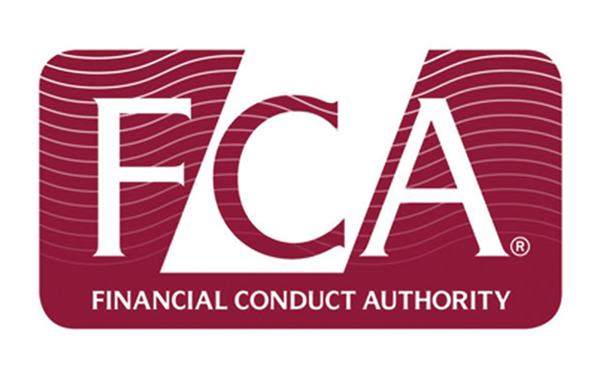How to Avoid the Risk in AML De-Risking
Blog: Enterprise Decision Management Blog

The 4th Anti-Money-Laundering Directive (4th AMLD) is being enacted in the UK and this has increased regulatory pressure when it comes to tackling money laundering. Falling foul of the regulator has serious repercussions, including large fines, in the tens of millions of pounds for some offenders, loss of reputation and increased regulatory scrutiny.
Given the high stakes, it is perhaps not surprising that organizations have looked to off-load any business where they consider there is a possibility that money laundering could happen. This has sometimes led to the closing of accounts or the refusal to open new accounts for groups of customers. Known as de-risking, this may seem an intuitive answer to managing the risk of money laundering, but it is not without its own complexities and risks.
The Financial Conduct Authority (FCA) wants to ensure that if banks and other regulated financial organisations do de-risk, it’s in a manner that is fair to customers. In guidance published in 2016 they wrote of a concern that “some banks are no longer offering financial services to entire categories of customers that they associate with higher money-laundering risk.” This sets expectations that the required risk-based approach does not mean that categories of customers can be lumped together or managed with a blanket policy.
There is concern that banks are closing or refusing services to groups of customers they consider high risk, for example charities and politically exposed persons, such as politicians. There are even suggestions that racial profiling has affected decisions about the granting of accounts. A recent case in the UK has highlighted the serious negative publicity that can ensue when the perception is that a customer has been treated unfairly.
It is important that when de-risking that banks take the right balance and start with two basic tenets:
- They treat customers as individuals rather than as part of a group
- They take a risk-based approach that clarifies and supports the decisions they make for their customers.
Technology can help banks make better decisions regarding de-risking:
- To treat customers as individuals it is vital that proper Know Your Customer (KYC) and Client Due Diligence (CDD) happens. Software can help you with this process, by managing the identity-checking process. Customer information can also be checked against PEPs and Sanctions lists to identify individuals where there is additional concern that means you need to implement enhanced due diligence.
- A risk-based approach means that you will need to take appropriate action in each case. Software can help by managing the process as well as documenting the steps you take and keeping an audit trail of the proof points that informed your decisions.
The FCA has indicated that AML measures in themselves are not a reason to suspend or deny accounts. However, when there are other factors, de-risking remains a legitimate way for banks to reduce their money-laundering risk but it must be deployed with care.
FICO TONBELLER provides industry-leading tools which help our customers to manage their AML processes to help them to stay compliant and treat their customers fairly.
The post How to Avoid the Risk in AML De-Risking appeared first on FICO.
Leave a Comment
You must be logged in to post a comment.







